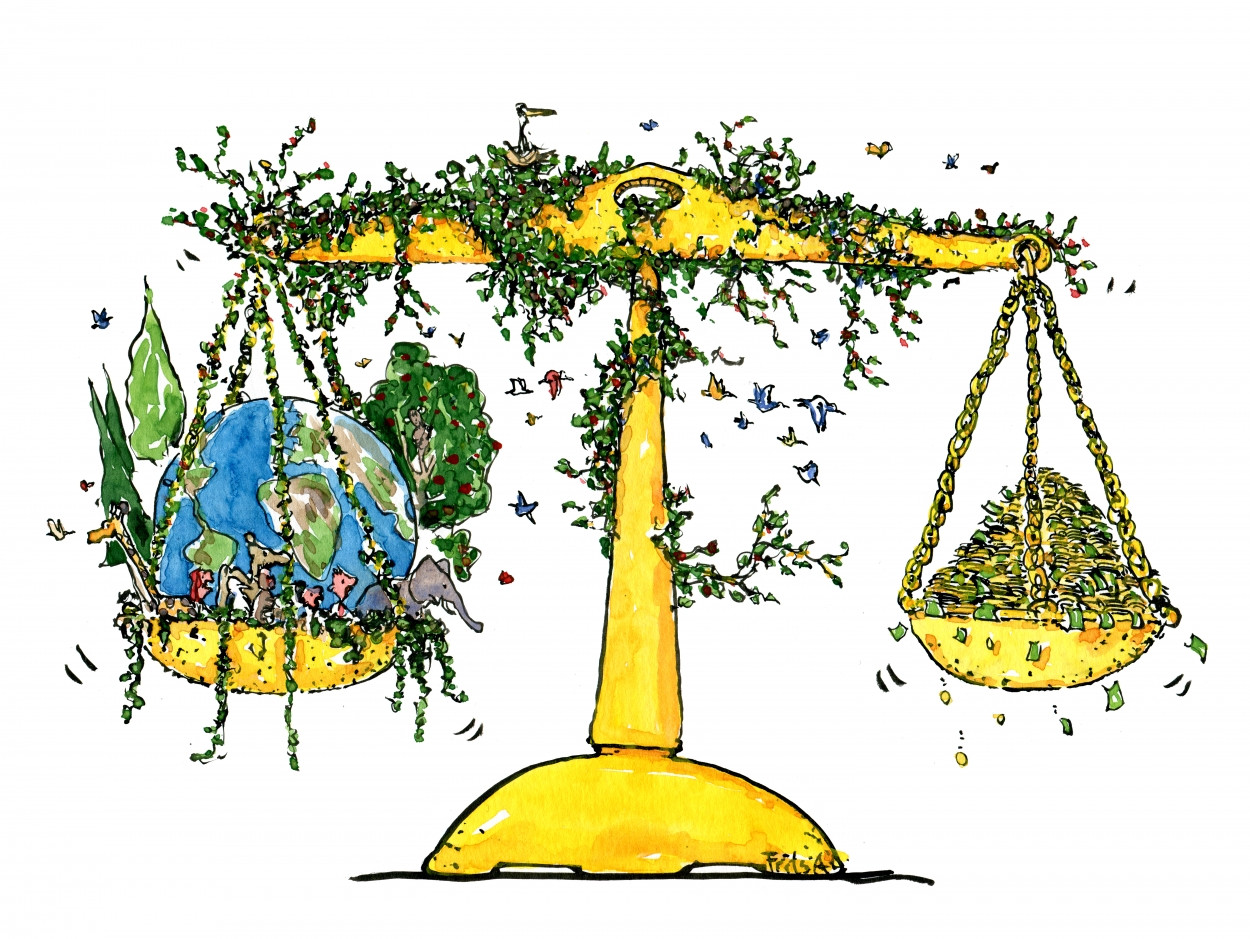In the world of finance and technology, innovation is ceaseless. From the introduction of cryptocurrencies to the popularization of decentralized platforms, new paradigms are consistently emerging. One such evolution is “Regenerative Finance,” or “ReFi.” But what exactly is ReFi, and how is it set to reshape the landscape of NFTs and Web3?
Understanding Regenerative Finance (ReFi)
At its core, Regenerative Finance aims to integrate sustainability and equitable wealth distribution into financial systems. Unlike traditional models which often prioritize profits, ReFi emphasizes creating systems that benefit both participants and the ecosystem at large.
ReFi and NFTs: A Sustainable Match?
Non-Fungible Tokens (NFTs), unique digital assets verified using blockchain technology, have gained immense popularity in recent years. While they have revolutionized the art and collectibles sectors, their environmental footprint is a growing concern. Here’s where ReFi steps in. By incorporating ReFi principles, NFT platforms can focus on sustainability, offsetting carbon emissions, and driving eco-friendly practices.
Web3 and the Role of ReFi
Web3, the decentralized internet of the future, aims to give users control over their data and online interactions. ReFi can enhance this vision by ensuring the financial structures underpinning Web3 are equitable and sustainable. This could involve profit-sharing mechanisms, community-driven governance, and more.
The Broader Impact of ReFi
Beyond NFTs and Web3, ReFi has the potential to reshape the broader financial ecosystem. By prioritizing regeneration and fairness, financial platforms can create lasting, positive impacts on communities and the environment.
Challenges Facing ReFi
Like all innovations, ReFi isn’t without its challenges. Ensuring widespread adoption, navigating regulatory landscapes, and overcoming skepticism from traditional financial entities are some hurdles ReFi proponents must overcome.
Regenerative Finance (ReFi) represents a new financial paradigm, emphasizing sustainability and equitable distribution. As it intertwines with sectors like NFTs and Web3, the potential for a more sustainable and fair financial future seems promising. However, its ultimate success will depend on how well it navigates the challenges ahead.
FAQs
- What is the primary goal of Regenerative Finance (ReFi)? ReFi aims to integrate sustainability and fair wealth distribution into financial systems.
- How can ReFi make NFTs more sustainable? By integrating ReFi principles, NFT platforms can adopt eco-friendly practices and offset carbon footprints.
- What role does ReFi play in Web3? ReFi can ensure the financial structures underpinning Web3 are both sustainable and equitable, aligning with Web3’s decentralized vision.
- Is ReFi restricted to digital platforms like NFTs and Web3? No, ReFi has the potential to reshape the broader financial landscape, beyond just digital platforms.
- What challenges does ReFi face? Challenges include gaining widespread adoption, navigating regulations, and overcoming skepticism from traditional financial entities.








